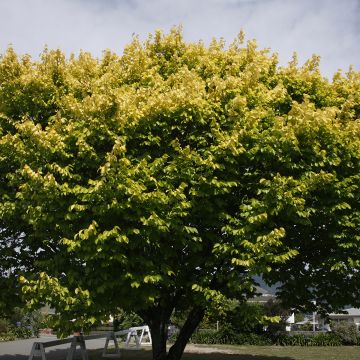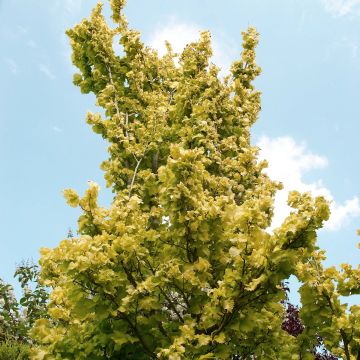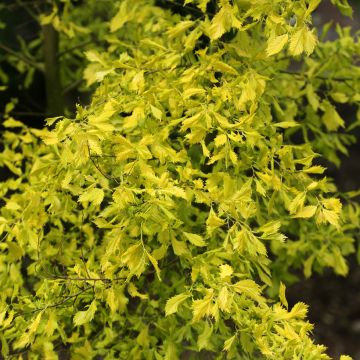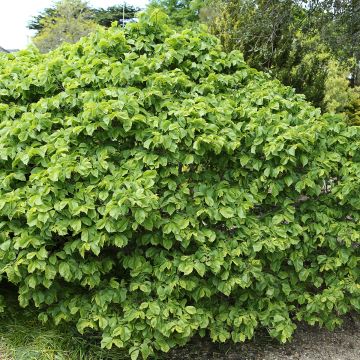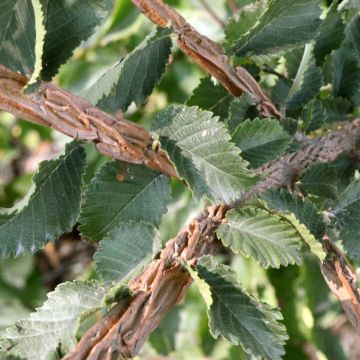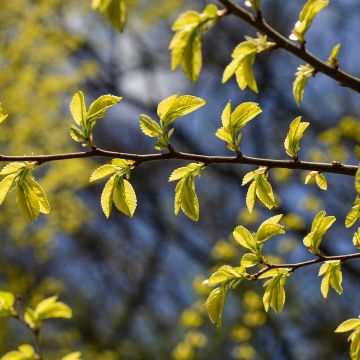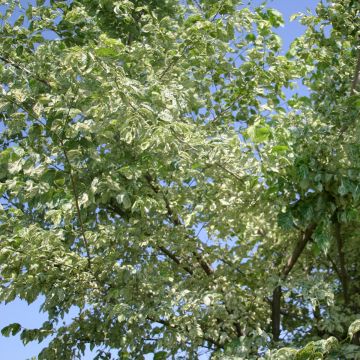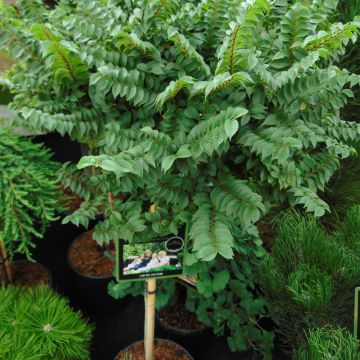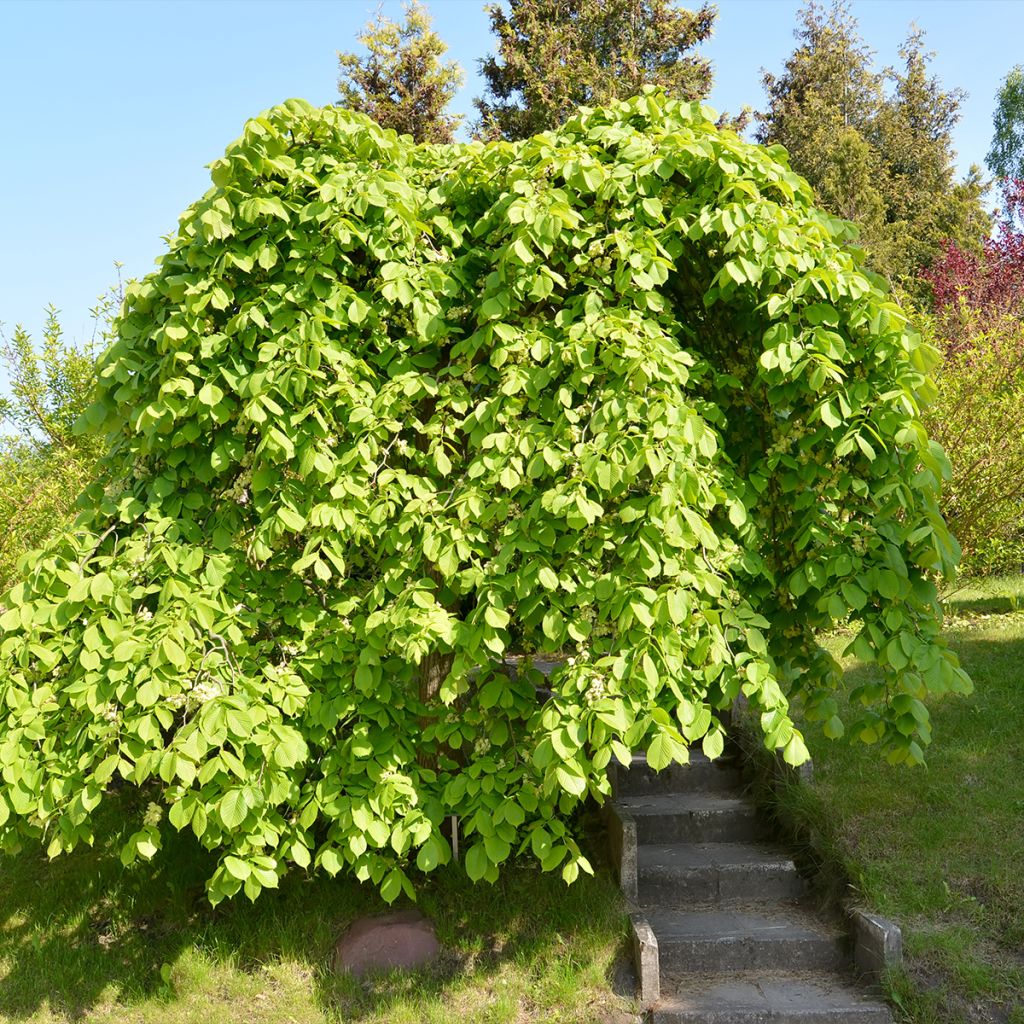

Ulmus glabra Pendula - Elm
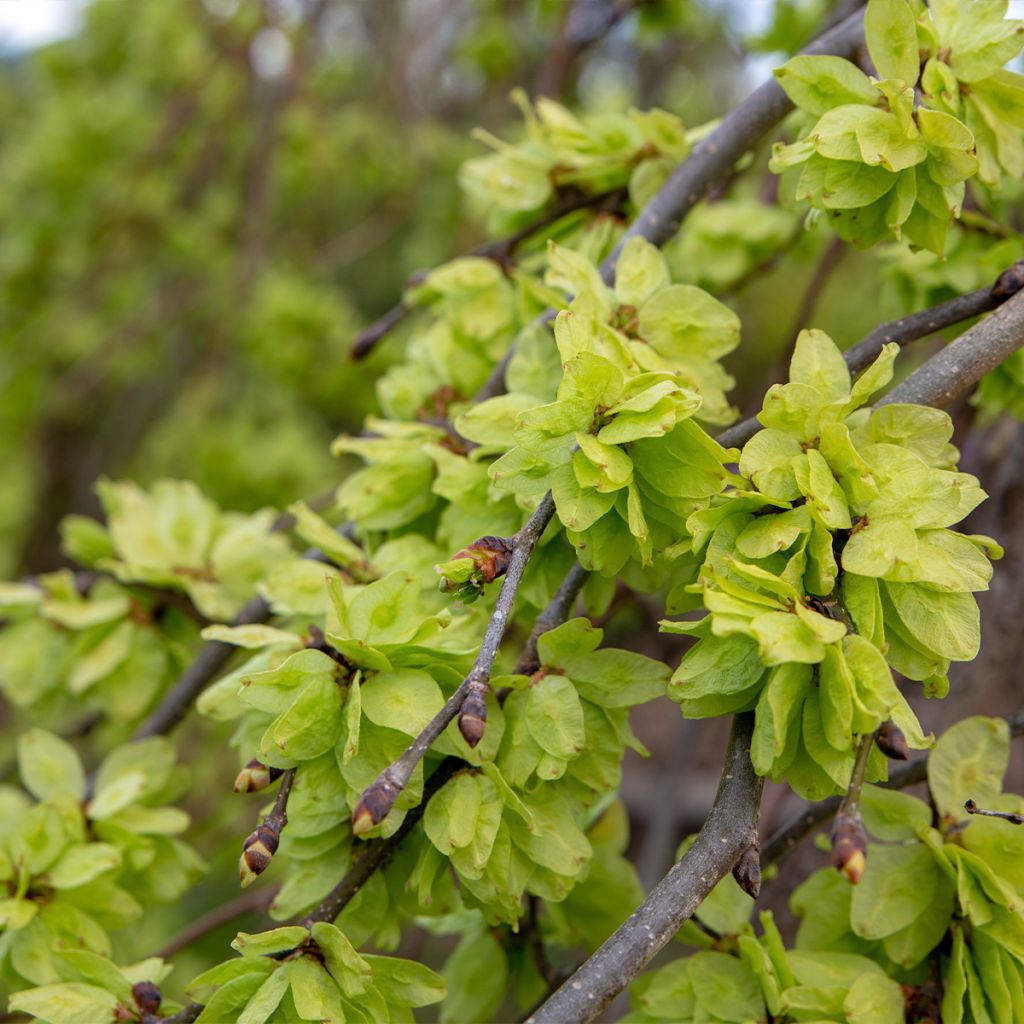

Ulmus glabra Pendula - Elm
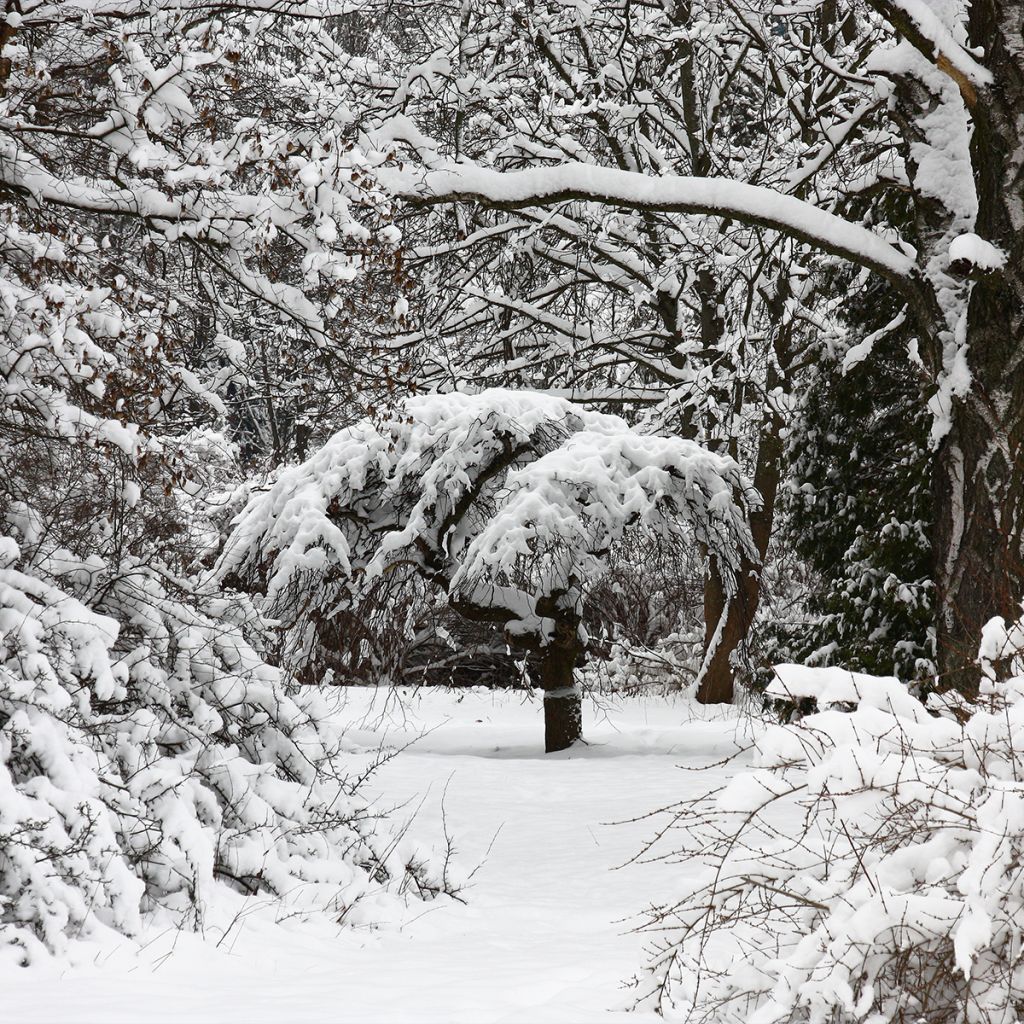

Ulmus glabra Pendula - Elm
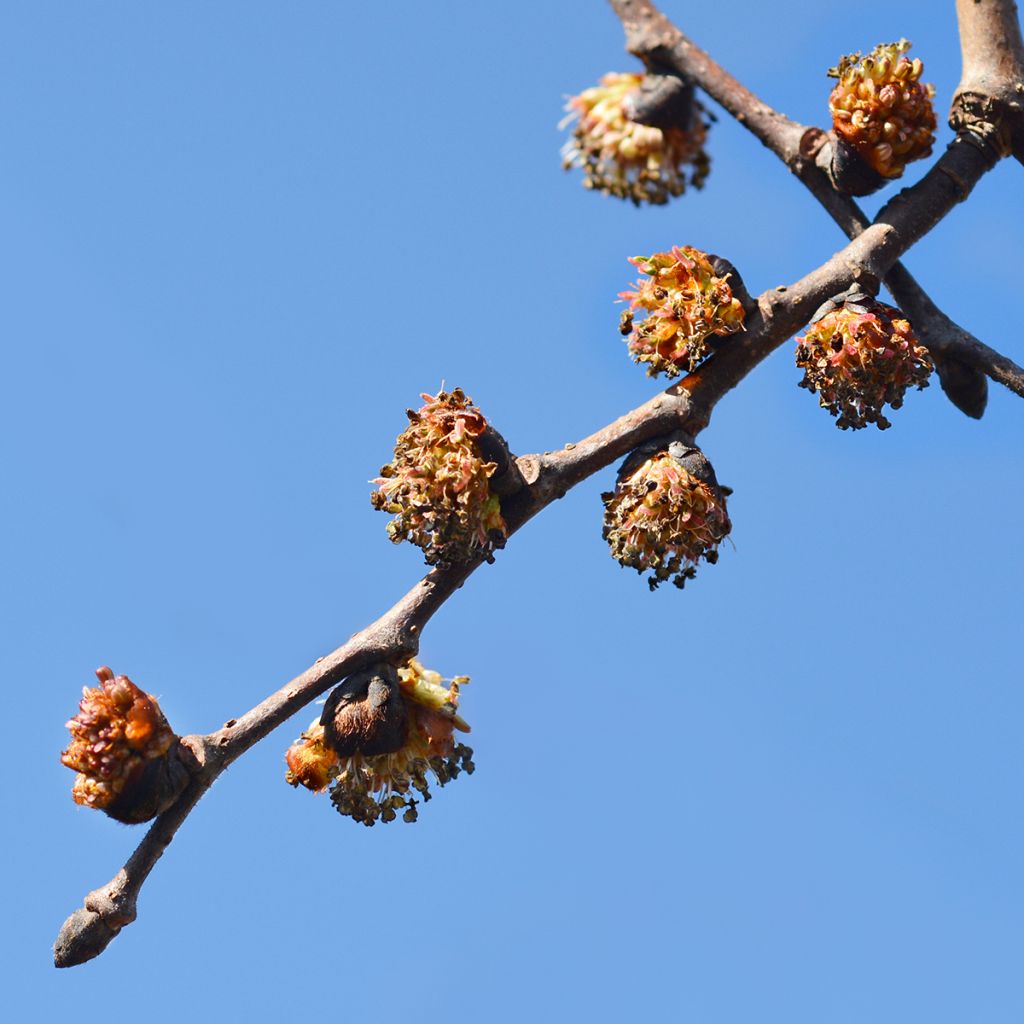

Ulmus glabra Pendula - Elm
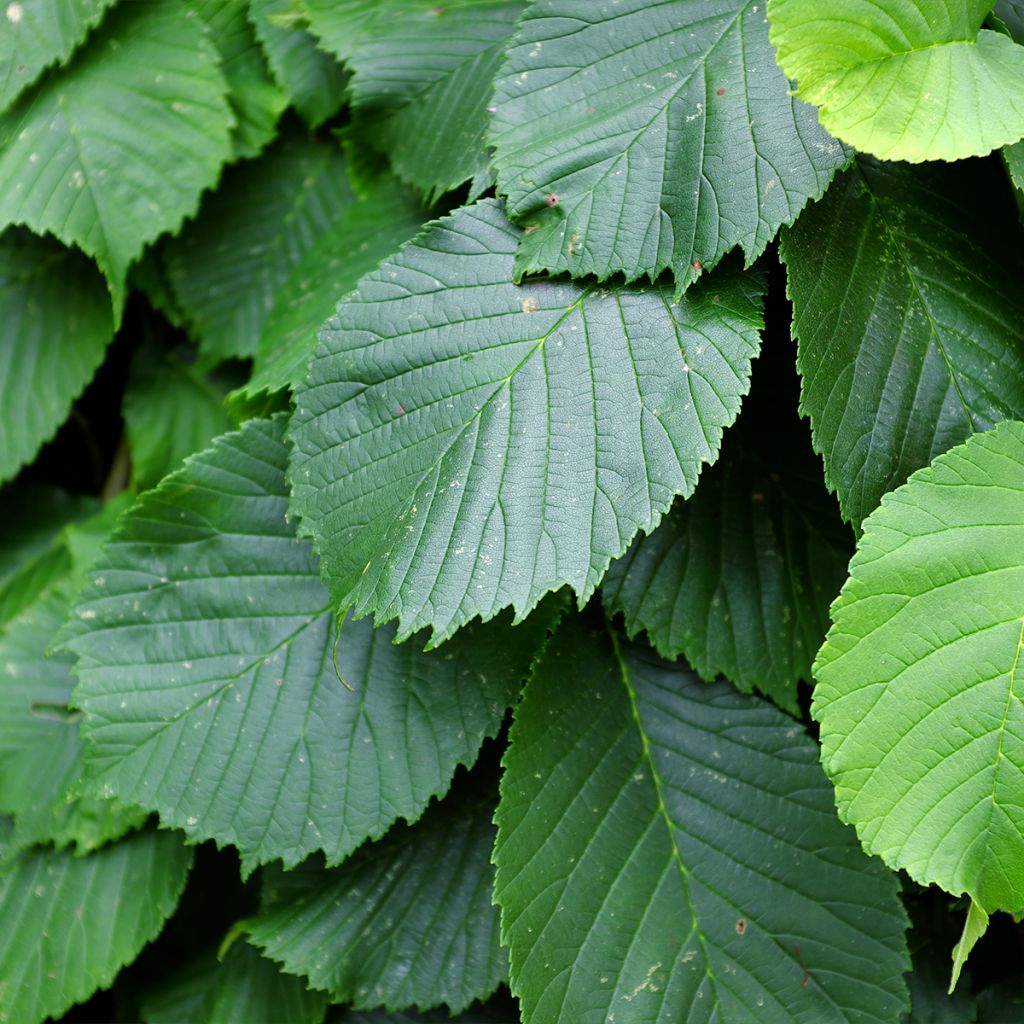

Ulmus glabra Pendula - Elm
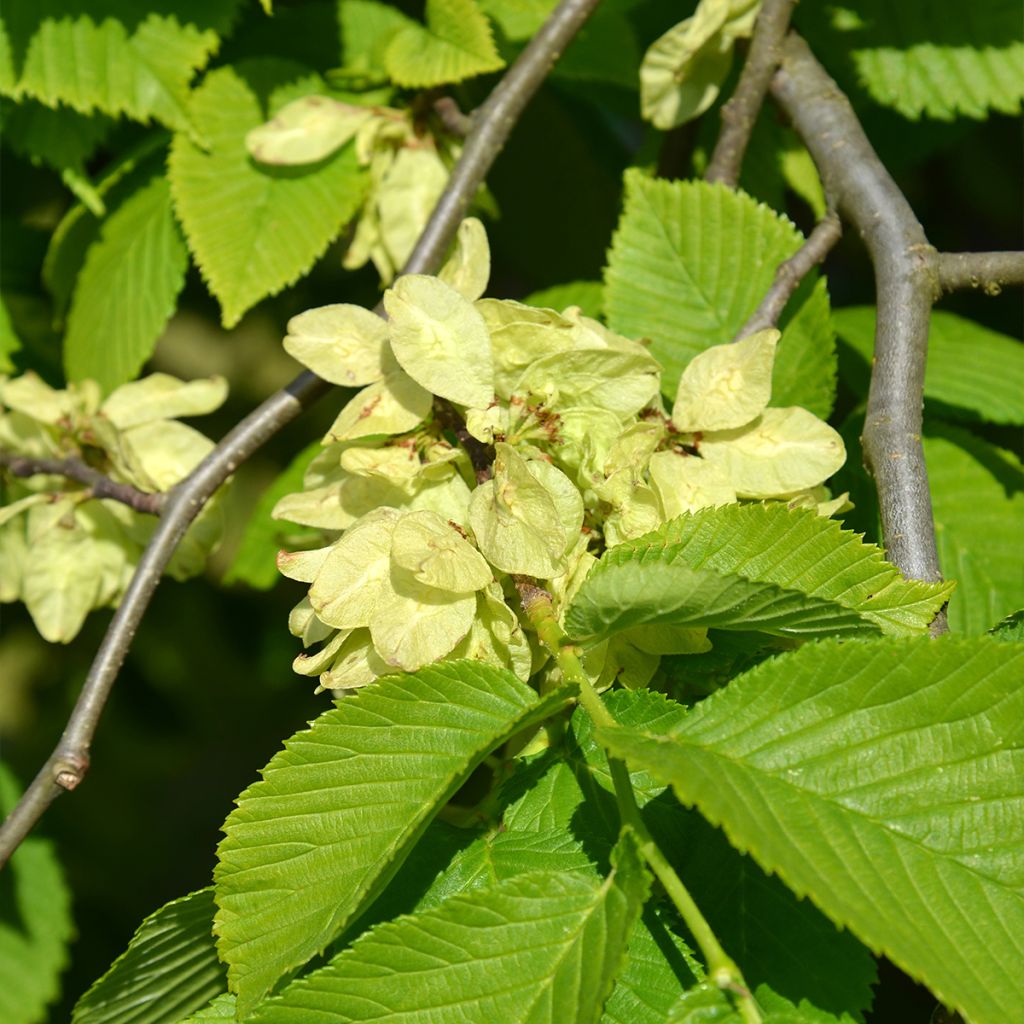

Ulmus glabra Pendula - Elm
Ulmus glabra Pendula - Elm
Ulmus glabra Pendula = horizontalis
Weeping Elm, Wych Elm, Scot's Elm, Scotch Elm, Feathered Elm
This item cannot be shipped to the selected country
Oversize package delivery charge from €6.90
Delivery to Corse prohibited
More information
Schedule delivery date,
and select date in basket
This plant carries a 24 months recovery warranty
More information
We guarantee the quality of our plants for a full growing cycle, and will replace at our expense any plant that fails to recover under normal climatic and planting conditions.
Oversize package: home delivery by special carrier from €6.90 per order..
Express home delivery from €8.90.
Delivery to Corse prohibited: UE law prohibits the import of this plant from mainland France to Corse as part of the fight against Xylella fastidiosa. Please accept our sincere apologies.
More information
Does this plant fit my garden?
Set up your Plantfit profile →
Description
The Ulmus glabra Pendula is a variety of weeping elm intended for the ornamentation of large gardens. This medium-sized tree, which develops a very dense crown in the shape of a wide dome, deserves to be highlighted. It is also characterized by a dark gray bark, a brown-violet flowering in late winter, light red winged fruits, and dark green foliage that turns yellow in autumn. Very hardy, it thrives in the sun in light, moist to wet soils, even limestone soils.
The Ulmus glabra Pendula was selected in England in 1816. Its ancestor, the mountain elm, is found in the forests and ravines of the mountains of North America as well as Western and Central Europe. It can be found up to 1700 meters (5577 feet) above sea level, in regions with harsh climates, on limestone soils, moist but well-drained.
This tree, which grows fairly quickly, reaches a height of about 6 meters (20 feet) and a minimum width of 10-12 meters (33-39 feet) at maturity. It has a flattened and wide crown supported by staggered, semi-horizontal branches, with slightly drooping twigs at their ends. Its bark, initially smooth and dark gray, develops shallow grooves over time. The deciduous foliage falls in autumn. It consists of large asymmetrical leaves, measuring 8 to 15 cm (3 to 6in) in length, obovate in shape, doubly toothed along the edges, with a lobed tip. They are very rough and dark green on the upper side, while the underside is pubescent and lighter green. The leaves at the end of the branches are curiously tightly packed against each other. In autumn, the foliage turns golden yellow, then brown. Flowering occurs in March, before the leaves appear. It takes the form of small brown to reddish flowers, grouped in small clusters on 2-year-old twigs. They are followed by the formation of clusters of winged fruits called samaras, measuring 2 to 5 cm (1 to 2in) in diameter, changing from green to light red. This elm, of great ornamental value, is susceptible to Dutch elm disease.
The Ulmus glabra Pendula is planted as a standalone tree in a large garden, or in the center of a large bed designed around it. Its graphic silhouette will be enhanced by a boxwood border, a ground cover with yellow flowers such as Forsythia Marée d'Or, variegated ivy Gloire de Marengo, or even a jasmine-like Trachelospermum jasminoides used as a ground cover, for example.
Report an error about the product description
Ulmus glabra Pendula - Elm in pictures
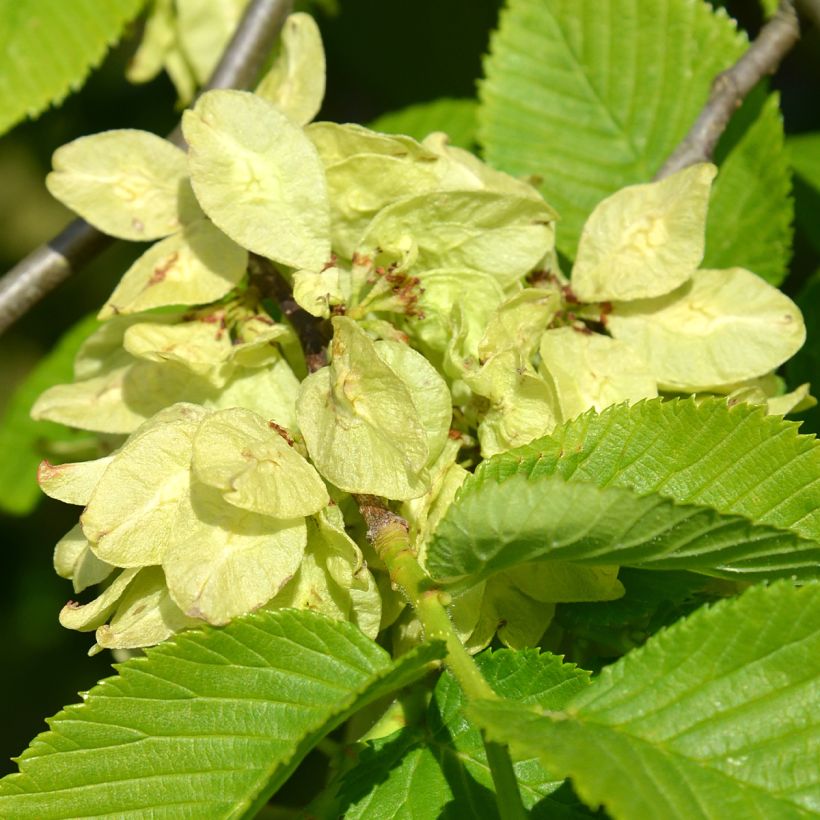

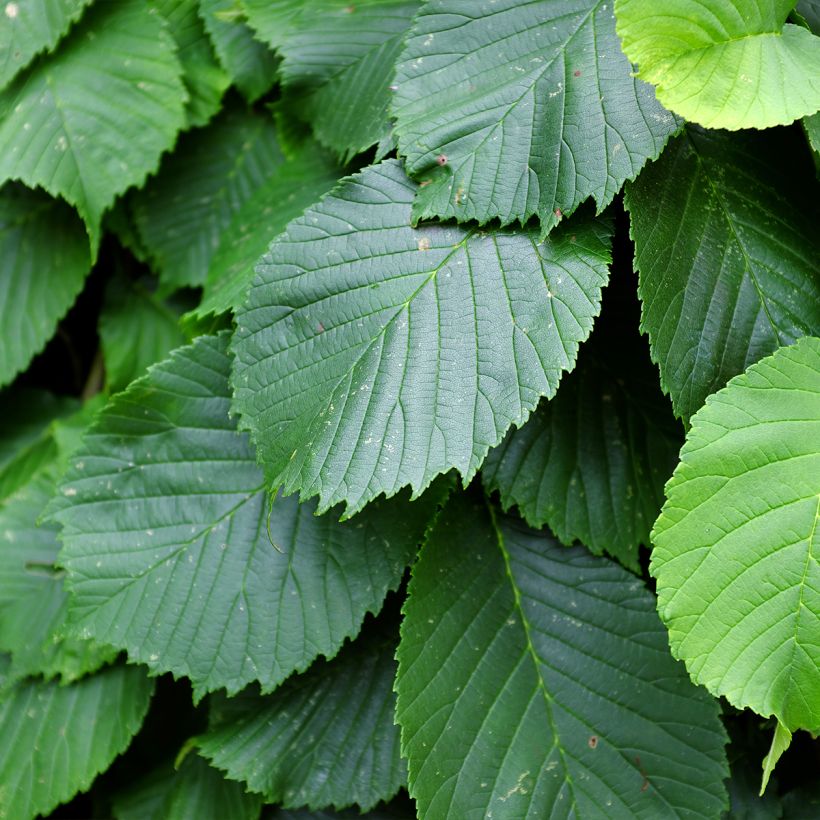

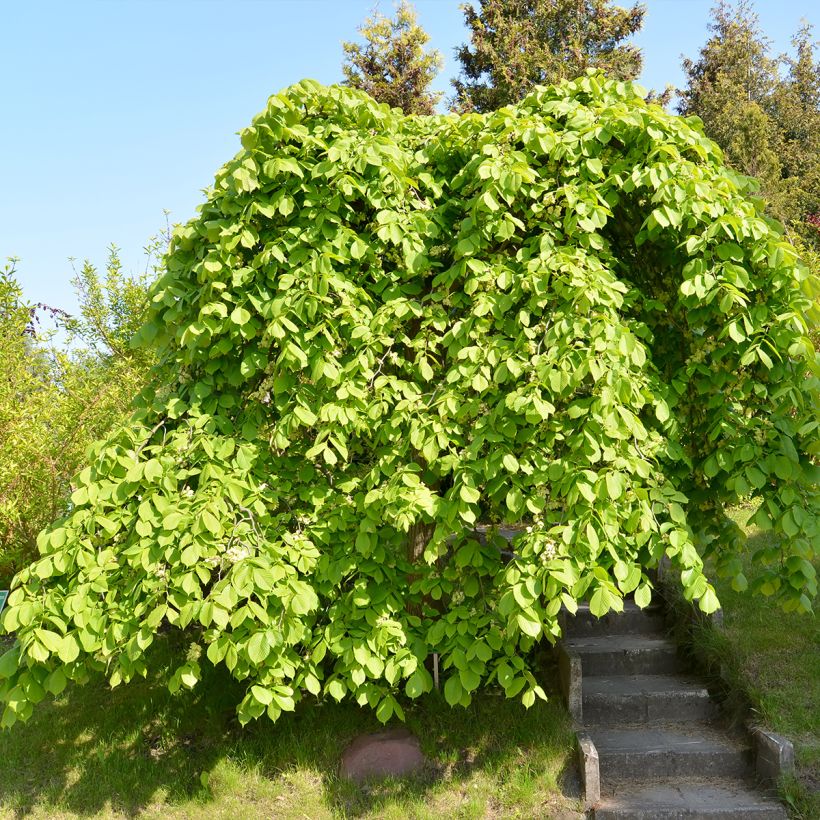

Plant habit
Flowering
Foliage
Botanical data
Ulmus
glabra
Pendula = horizontalis
Ulmaceae
Weeping Elm, Wych Elm, Scot's Elm, Scotch Elm, Feathered Elm
Cultivar or hybrid
Other Ulmus - Elm
Planting and care
The Ulmus glabra Pendula is preferably planted in autumn in ordinary, even limestone, well-drained soil, but remaining moist even in summer. Install it in a sunny or semi-shaded position, preferably without scorching sun. Its cold resistance is excellent (at least -20°C). Water and mulch in the first summers as well as in case of abnormally dry and hot summers. Prune in winter to balance its branches if necessary. This variety has a reputation for being very sensitive to Dutch elm disease.
In the 70s, an epidemic of Dutch elm disease greatly reduced the population of elms in Europe. Following this event, a monitoring program was put in place. The disease is a fungus called Dutch elm disease (a cryptogamic disease = disease caused by a fungus) that is transmitted by a beetle called the elm bark beetle. The first symptoms appear on a branch of the crown and are characterized by wilting and folding of the leaves during the vegetative period. Generally, the bark beetles invade large specimens exceeding 2 m (7ft) in height. Only biological solutions remain effective, such as pheromone traps or the introduction of bark beetle predators.
Planting period
Intended location
Care
This item has not been reviewed yet - be the first to leave a review about it.
Haven't found what you were looking for?
Hardiness is the lowest winter temperature a plant can endure without suffering serious damage or even dying. However, hardiness is affected by location (a sheltered area, such as a patio), protection (winter cover) and soil type (hardiness is improved by well-drained soil).

Photo Sharing Terms & Conditions
In order to encourage gardeners to interact and share their experiences, Promesse de fleurs offers various media enabling content to be uploaded onto its Site - in particular via the ‘Photo sharing’ module.
The User agrees to refrain from:
- Posting any content that is illegal, prejudicial, insulting, racist, inciteful to hatred, revisionist, contrary to public decency, that infringes on privacy or on the privacy rights of third parties, in particular the publicity rights of persons and goods, intellectual property rights, or the right to privacy.
- Submitting content on behalf of a third party;
- Impersonate the identity of a third party and/or publish any personal information about a third party;
In general, the User undertakes to refrain from any unethical behaviour.
All Content (in particular text, comments, files, images, photos, videos, creative works, etc.), which may be subject to property or intellectual property rights, image or other private rights, shall remain the property of the User, subject to the limited rights granted by the terms of the licence granted by Promesse de fleurs as stated below. Users are at liberty to publish or not to publish such Content on the Site, notably via the ‘Photo Sharing’ facility, and accept that this Content shall be made public and freely accessible, notably on the Internet.
Users further acknowledge, undertake to have ,and guarantee that they hold all necessary rights and permissions to publish such material on the Site, in particular with regard to the legislation in force pertaining to any privacy, property, intellectual property, image, or contractual rights, or rights of any other nature. By publishing such Content on the Site, Users acknowledge accepting full liability as publishers of the Content within the meaning of the law, and grant Promesse de fleurs, free of charge, an inclusive, worldwide licence for the said Content for the entire duration of its publication, including all reproduction, representation, up/downloading, displaying, performing, transmission, and storage rights.
Users also grant permission for their name to be linked to the Content and accept that this link may not always be made available.
By engaging in posting material, Users consent to their Content becoming automatically accessible on the Internet, in particular on other sites and/or blogs and/or web pages of the Promesse de fleurs site, including in particular social pages and the Promesse de fleurs catalogue.
Users may secure the removal of entrusted content free of charge by issuing a simple request via our contact form.
The flowering period indicated on our website applies to countries and regions located in USDA zone 8 (France, the United Kingdom, Ireland, the Netherlands, etc.)
It will vary according to where you live:
- In zones 9 to 10 (Italy, Spain, Greece, etc.), flowering will occur about 2 to 4 weeks earlier.
- In zones 6 to 7 (Germany, Poland, Slovenia, and lower mountainous regions), flowering will be delayed by 2 to 3 weeks.
- In zone 5 (Central Europe, Scandinavia), blooming will be delayed by 3 to 5 weeks.
In temperate climates, pruning of spring-flowering shrubs (forsythia, spireas, etc.) should be done just after flowering.
Pruning of summer-flowering shrubs (Indian Lilac, Perovskia, etc.) can be done in winter or spring.
In cold regions as well as with frost-sensitive plants, avoid pruning too early when severe frosts may still occur.
The planting period indicated on our website applies to countries and regions located in USDA zone 8 (France, United Kingdom, Ireland, Netherlands).
It will vary according to where you live:
- In Mediterranean zones (Marseille, Madrid, Milan, etc.), autumn and winter are the best planting periods.
- In continental zones (Strasbourg, Munich, Vienna, etc.), delay planting by 2 to 3 weeks in spring and bring it forward by 2 to 4 weeks in autumn.
- In mountainous regions (the Alps, Pyrenees, Carpathians, etc.), it is best to plant in late spring (May-June) or late summer (August-September).
The harvesting period indicated on our website applies to countries and regions in USDA zone 8 (France, England, Ireland, the Netherlands).
In colder areas (Scandinavia, Poland, Austria...) fruit and vegetable harvests are likely to be delayed by 3-4 weeks.
In warmer areas (Italy, Spain, Greece, etc.), harvesting will probably take place earlier, depending on weather conditions.
The sowing periods indicated on our website apply to countries and regions within USDA Zone 8 (France, UK, Ireland, Netherlands).
In colder areas (Scandinavia, Poland, Austria...), delay any outdoor sowing by 3-4 weeks, or sow under glass.
In warmer climes (Italy, Spain, Greece, etc.), bring outdoor sowing forward by a few weeks.

































